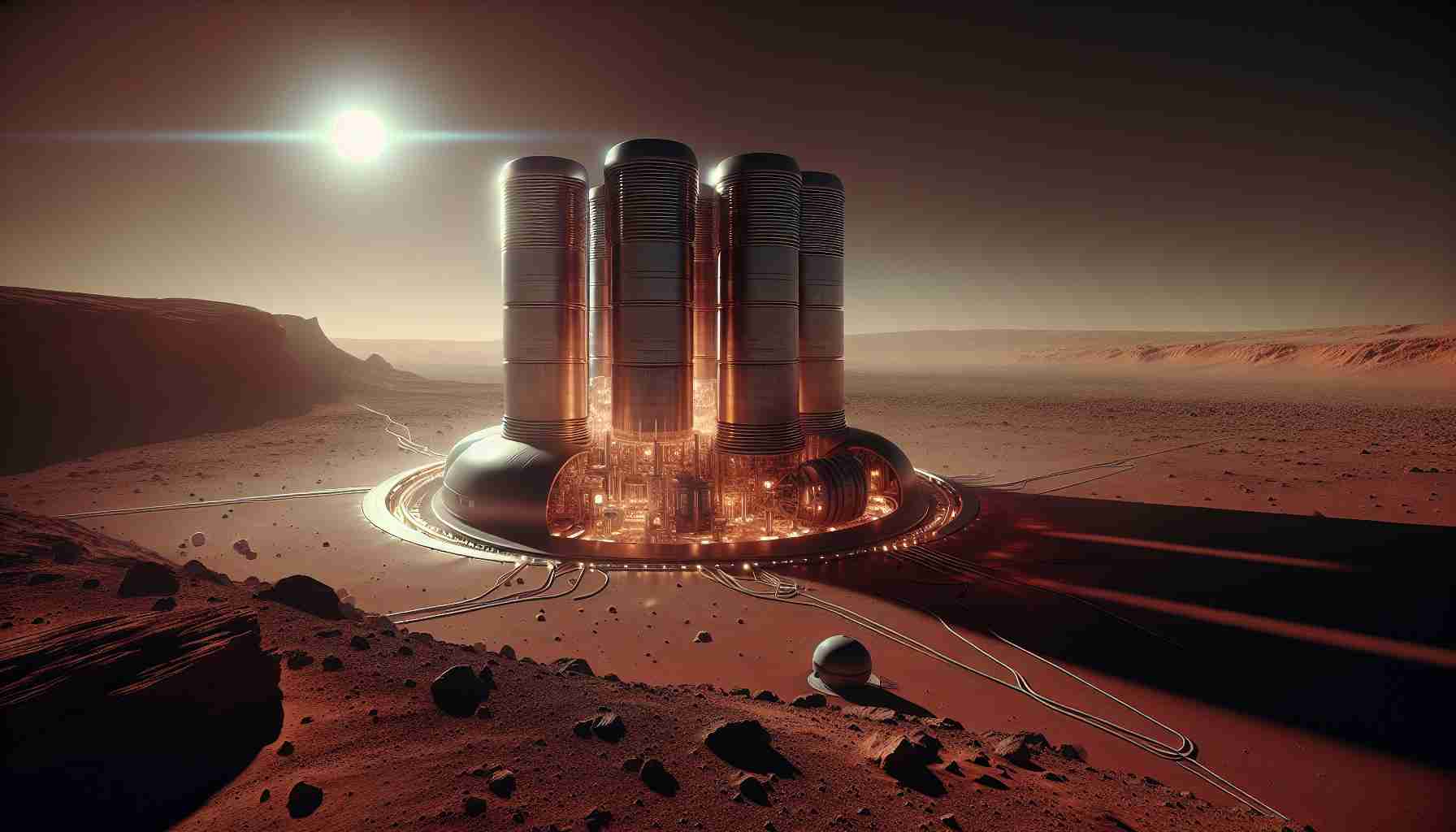In a groundbreaking update to its exploration strategy, NASA reveals its ambitious roadmap to the Red Planet. On December 13, the agency announced critical developments in its “Moon to Mars architecture,” particularly focusing on the Artemis missions aimed at lunar exploration.
One key enhancement is the choice of fission power as the primary energy source for Martian expeditions. This decision stems from the agency’s comprehensive analysis, indicating that nuclear power would offer more stability than traditional solar energy, especially given Mars’ harsh conditions, including dust storms and extreme temperature fluctuations.
Experts at NASA articulated that while solar power is more cost-effective per unit, fission systems provide consistent energy generation regardless of external factors. This reliability is crucial for sustained human presence on the Martian surface.
Additionally, NASA unveiled plans for a lunar surface cargo lander and the design of an initial lunar habitat to support astronauts. The cargo lander will facilitate the delivery of essential equipment, while the habitat is engineered to accommodate crews for extended missions, featuring necessary life support and medical facilities.
In summary, these advancements mark a significant stride toward human exploration of Mars, ensuring that NASA is meticulously preparing for the challenges that lie ahead. With technology and resource planning at the forefront, the agency is committed to paving the way for future missions.
Navigating the Cosmos: NASA’s Groundbreaking Plans for Mars Exploration
NASA’s Mars Exploration Roadmap
In a significant leap forward for planetary exploration, NASA has unveiled a detailed roadmap aimed at human exploration of Mars, emphasizing the integration of sustainable energy solutions and advanced technological developments. These enhancements stem from NASA’s “Moon to Mars architecture,” which not only focuses on lunar missions but lays the groundwork for future Martian expeditions.
Key Features of NASA’s Strategy
1. Fission Power Utilization
– NASA has chosen fission power as the main energy source for its Mars missions. This decision comes after thorough evaluations and aims to provide a stable and reliable energy supply that surpasses the limitations of solar power, particularly under Martian conditions notorious for their extreme dust storms and temperature swings.
2. Sustained Energy Production
– Fission systems offer consistent energy output, ensuring that astronauts can rely on stable power generation crucial for life support and mission operations on Mars. This capacity for continuous energy flow is essential, particularly for extended stays on the Martian surface.
3. Lunar Surface Cargo Lander
– The introduction of a lunar surface cargo lander will enhance operational capability by streamlining the delivery of essential equipment and supplies to the lunar surface. This infrastructure not only serves lunar missions but is also a critical step toward Martian logistics.
4. Initial Lunar Habitat Design
– The proposed habitat is designed to accommodate astronauts during their lunar missions, boasting integrated life support systems and medical facilities. This habitat will serve as a prototype for future Martian living quarters, focusing on safety and sustainability.
Pros and Cons of NASA’s Strategy
Pros:
– Reliability of Fission Power: Consistent energy generation makes it more suitable for long-term missions.
– Preparation for Extreme Conditions: Advanced technology aims to mitigate the risks associated with Mars’ harsh environment.
– Infrastructure Development: Focus on lunar missions enhances capabilities for future Martian expeditions.
Cons:
– Cost Implications: While fission power is reliable, initial setup and maintenance costs may be significant.
– Public Concerns: The use of nuclear technology raises questions about safety and environmental impact.
Comparative Insights
When comparing fission power to solar energy, it becomes clear that while solar energy is cheaper and widely understood, it is less reliable on Mars due to its environmental challenges. Fission, though more expensive initially, promises a more stable energy source essential for human survival on the planet.
Trends and Innovations in Space Exploration
The strategic decisions NASA is making today reflect broader trends in space exploration that prioritize sustainability and resilience. The agency is keenly aware of the complexities of Martian exploration and is committing resources to ensure its missions are successful and safe.
Market Analysis and Future Predictions
As commercial space ventures increase and technology evolves, NASA’s groundwork for a human presence on Mars is setting the stage for both government missions and potential partnerships with private industry. Future collaborations may lead to innovations in space travel, ultimately benefiting not just exploration but also technology transfer to Earth-based applications.
Conclusion
NASA’s roadmap to Mars is marked by innovative strategies addressing the challenges of interplanetary travel. Through the strategic choice of energy sources and the development of critical infrastructure, NASA is poised to turn the dream of Martian exploration into a reality.
For more information on NASA’s missions, visit NASA.
